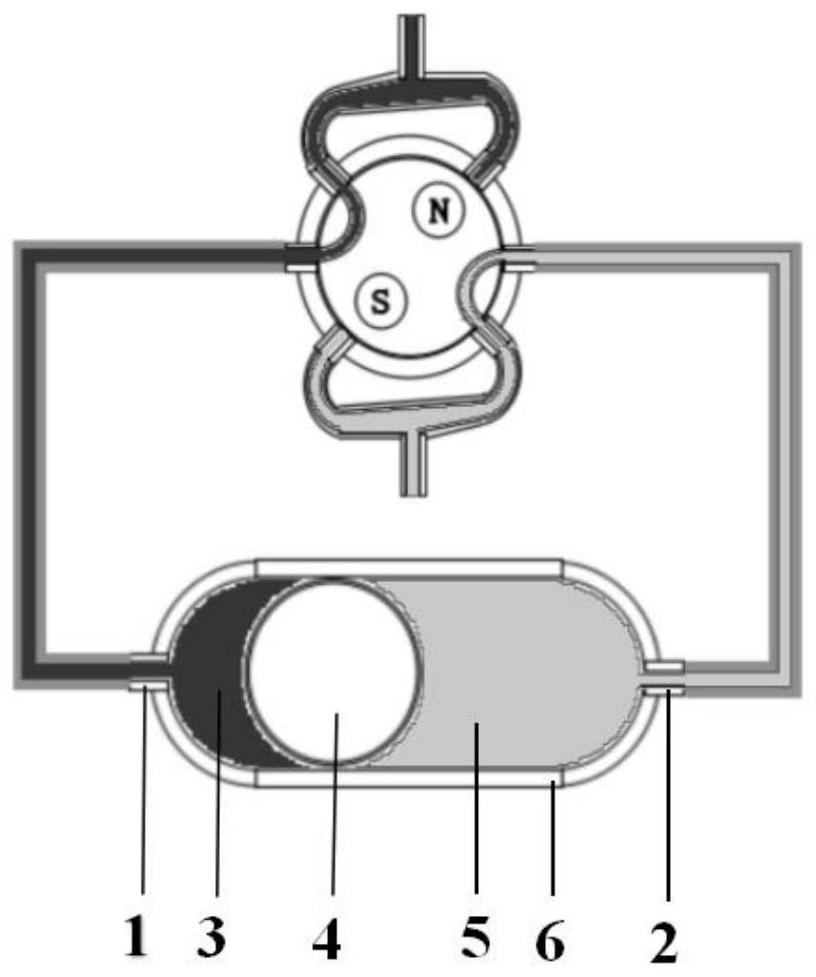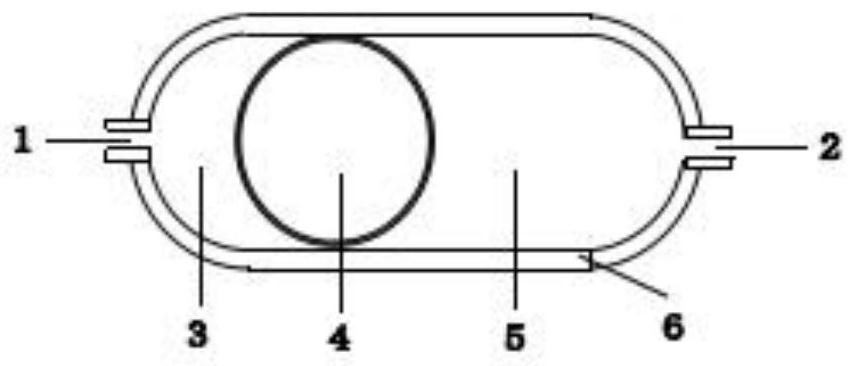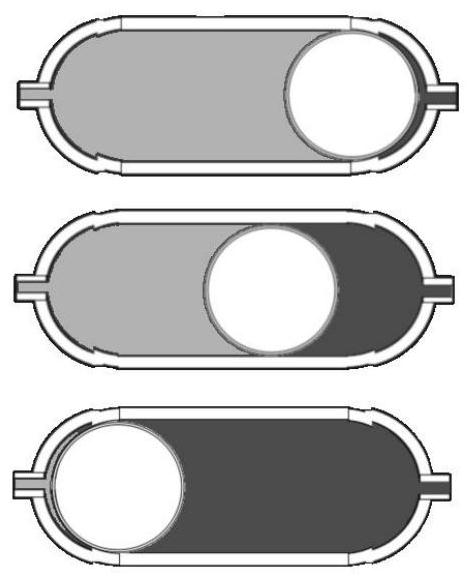Quantitative cerebrospinal fluid diversion system and method
A quantitative shunt and cerebrospinal fluid technology, applied in the field of neurosurgery cerebrospinal fluid shunt system, can solve the problems of secondary surgery pain, huge economic burden, sudden increase in ventricular system pressure, and increased labor costs, so as to promote research and improve the level of diagnosis and treatment, prevent The effect of excessive shunt and cerebrospinal fluid reflux, and the probability of tube blockage is small
- Summary
- Abstract
- Description
- Claims
- Application Information
AI Technical Summary
Problems solved by technology
Method used
Image
Examples
Embodiment Construction
[0038] Such as figure 1 As shown, the shunt system of the present invention includes a cerebrospinal fluid shunt valve, a fluid inlet tube from the ventricle or lumbar cistern to the cerebrospinal fluid shunt valve, a fluid outlet tube from the cerebrospinal fluid shunt valve to the peritoneal cavity, and a body surface control device. The cerebrospinal fluid diversion valve includes a capsule-shaped cavity structure and a magnetic induction valve part.
[0039] The body surface control device includes a body surface external induction control card and a data recording processor.
[0040] The cerebrospinal fluid shunt valve is placed in the subcutaneous tissue of the subclavian region or the subcutaneous axillary line of the waist, and is parallel to the skin surface.
[0041] Such as figure 2 As shown, the inner side of the capsule-shaped cavity structure is smooth, and the inner side wall of the base is set with a mirror surface. The opaque hollow spherical piston 4 is di...
PUM
 Login to View More
Login to View More Abstract
Description
Claims
Application Information
 Login to View More
Login to View More - R&D
- Intellectual Property
- Life Sciences
- Materials
- Tech Scout
- Unparalleled Data Quality
- Higher Quality Content
- 60% Fewer Hallucinations
Browse by: Latest US Patents, China's latest patents, Technical Efficacy Thesaurus, Application Domain, Technology Topic, Popular Technical Reports.
© 2025 PatSnap. All rights reserved.Legal|Privacy policy|Modern Slavery Act Transparency Statement|Sitemap|About US| Contact US: help@patsnap.com



